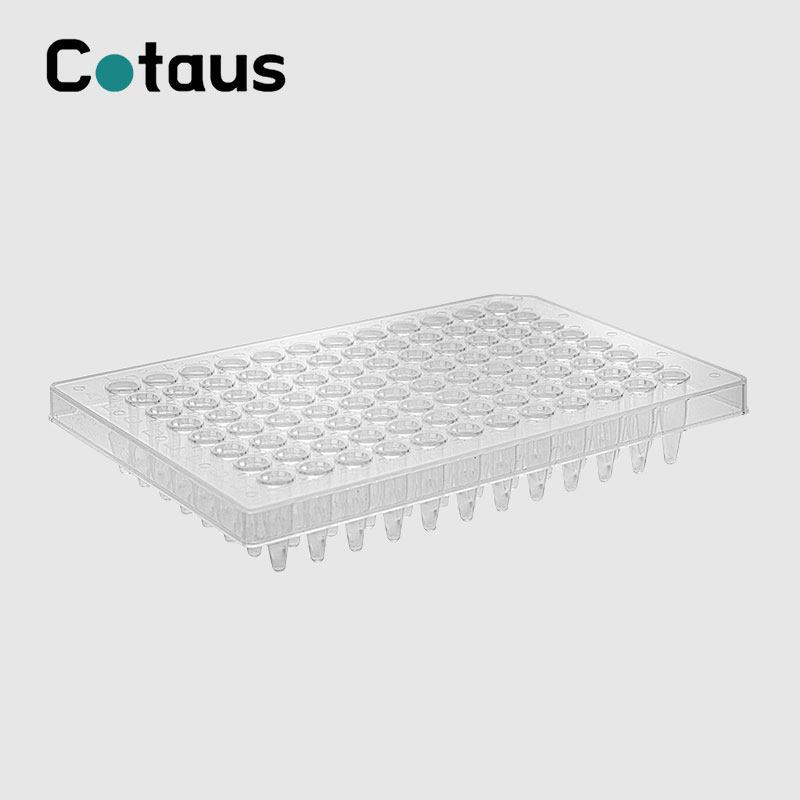Exploring the Limitations and Considerations of Transparent Half-Skirt PCR Plates
2024-03-22
Transparent half-skirt PCR plates have become a staple in molecular biology laboratories, offering researchers enhanced sample visibility, efficient heat transfer, and ease of sample manipulation. However, like any laboratory tool, transparent half-skirt PCR plates have their limitations and drawbacks that researchers should be aware of when selecting and using them for their experiments. In this blog, we'll explore some of these limitations and considerations to help researchers make informed decisions about the use of transparent half-skirt PCR plates.
1. Reduced Sample Volume Capacity:
One limitation of transparent half-skirt PCR plates is their reduced sample volume capacity compared to traditional full-skirt PCR plates. The transparent half-skirt design necessitates a smaller well volume to accommodate the reduced skirt height, which may limit the amount of sample that can be added to each well. Researchers conducting experiments that require larger sample volumes may need to consider alternative plate designs or adjust their experimental protocols accordingly.
2. Potential for Increased Evaporation:
Transparent half-skirt PCR plates may be more prone to sample evaporation compared to plates with full skirts. The reduced height of the skirt exposes a larger surface area of the sample to the surrounding environment, increasing the risk of evaporation, particularly during prolonged PCR cycling. Researchers should take precautions to minimize evaporation, such as using appropriate sealing methods and optimizing PCR cycling conditions to minimize run times.
3. Compatibility with Automated Systems:
While transparent half-skirt PCR plates are generally compatible with most PCR instruments and automated liquid handling systems, there may be exceptions. Some automated systems may be optimized for use with specific plate designs or may have limitations in accommodating plates with transparent skirts. Researchers intending to use transparent half-skirt PCR plates with automated systems should verify compatibility and ensure proper functionality before proceeding with experiments.
4. Potential for Light Interference:
The transparency of the skirt in transparent half-skirt PCR plates may introduce the potential for light interference, particularly in fluorescence-based assays. Light passing through the transparent skirt may scatter or refract, affecting the accuracy and reproducibility of fluorescence measurements. Researchers should be mindful of potential light interference and take steps to mitigate its effects, such as optimizing experimental conditions and using appropriate calibration standards.
5. Cost Considerations:
Transparent half-skirt PCR plates may be slightly more expensive than traditional full-skirt PCR plates due to the additional manufacturing processes involved in achieving transparency. Researchers operating within budget constraints should consider the cost-effectiveness of transparent half-skirt PCR plates relative to their specific experimental needs and requirements. In some cases, the benefits of enhanced sample visibility and manipulation may justify the higher cost of transparent half-skirt PCR plates.
Conclusion:
Transparent half-skirt PCR plates offer numerous advantages in terms of sample visibility, heat transfer, and ease of use, making them a popular choice for molecular biology experiments. However, researchers should also be aware of the limitations and considerations associated with these plates, such as reduced sample volume capacity, potential for increased evaporation, compatibility with automated systems, potential for light interference, and cost considerations. By carefully considering these factors, researchers can make informed decisions about the use of transparent half-skirt PCR plates and optimize their experimental workflows for success in the laboratory.


